Sugar Coating in Pharma: How to Make Your Tablets Better?
When making tablets, many manufacturers always choose sugar coating for more attraction. It has lots of advantages for medicine making. If you are considering this technique, a thorough understanding is a must.
What does sugar coating mean?
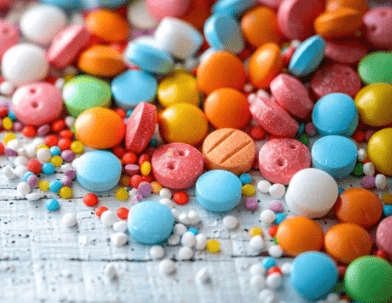
Sugar coating requires covering tablets with a layer of sugar-based syrup. It is applied through multiple layers to achieve a smooth, polished finish. Sugar coating also supports custom flavors. You can add specific spices or sweeteners based on your needs. Common flavors include fruit, chocolate, mint, and more. You can also add various food colorings to create a colorful appearance and make it more appealing.
Advantages of sugar coating
Sugar coating is always popular because it creates a better taste, stability, and appearance of tablets. Its main purpose is to hide the bitter taste and smell of active ingredients. This is especially important for people sensitive to smells. A good taste also helps them swallow the medicine more easily.
This technique helps maintain the tablet’s effectiveness. Additionally, unique colors help consumers quickly identify the medicine and dosage. For children's tablets, you can print fun designs on the coating to make them more interesting. Sugar coating is mainly applied in the pharma industry. It is also used in the food industry, such as making sugar-coated chocolates and candies.
How to make sugar coating?
In most cases, the sugar coating process involves 5 steps.
Sealing

Before starting, you need to check if the tablets are complete. It ensures they don’t have defects like cracks for processing. You’ll also should clean tablets to remove dust or contaminants. Then you could spray a sealant solution onto the tablets. The solutions are always shellac or polymer-based. Hot air could be used to dry the tablets to set sealant properly. It can prevent interaction between the core and subsequent layers.
Subcoating
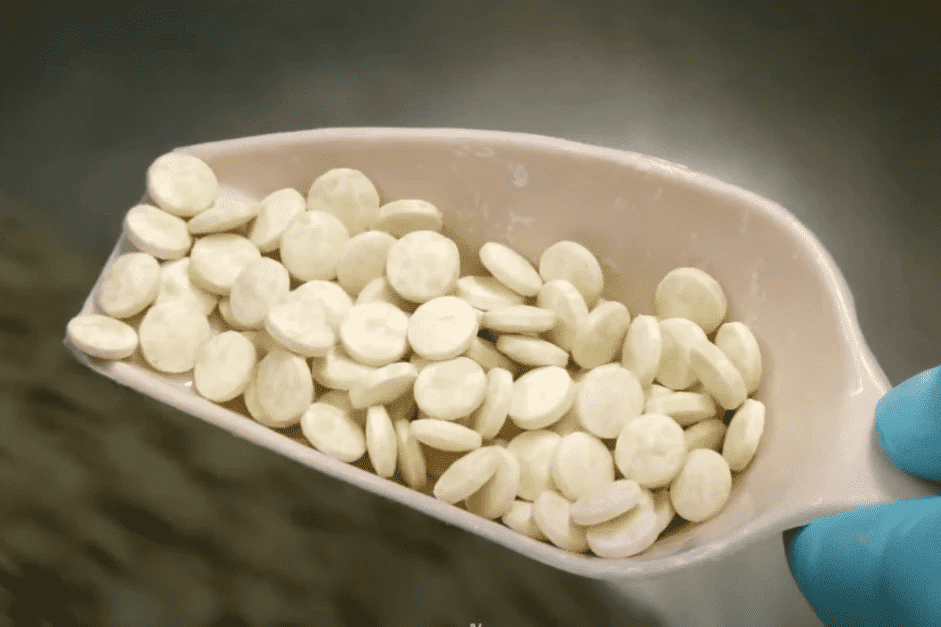
In this step, a gum-based syrup is added to the tablets. Acacia or gelatin is both OK. It is used to create a sticky surface. Tablets are then dusted with a powdered material like talc. This adds bulk and builds up the tablet size. The 2 steps above are repeated several times to increase layers. When it achieves your desired thickness, you can go to the next step.
Smoothing

Then you could apply the syrup. It helps create a smooth, uniform surface over the subcoating layers. Please note that each layer is dried to remove moisture and solidify the coating.
Coloring
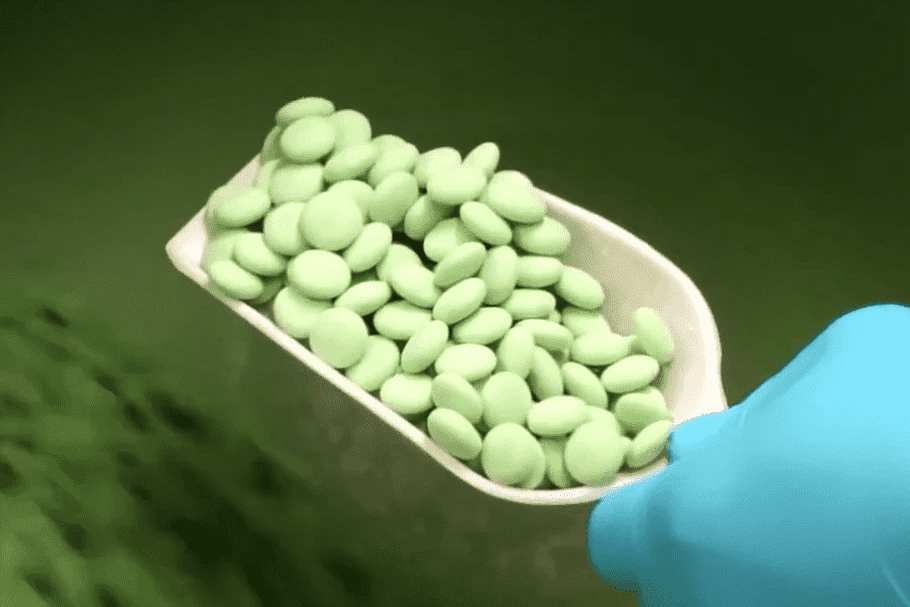
If you want to add colors, thin layers of syrup with colorants could be applied. It may need several layers to reach the correct color intensity. When coloring, remember to ensure an even distribution of color across all tablets.
Polishing
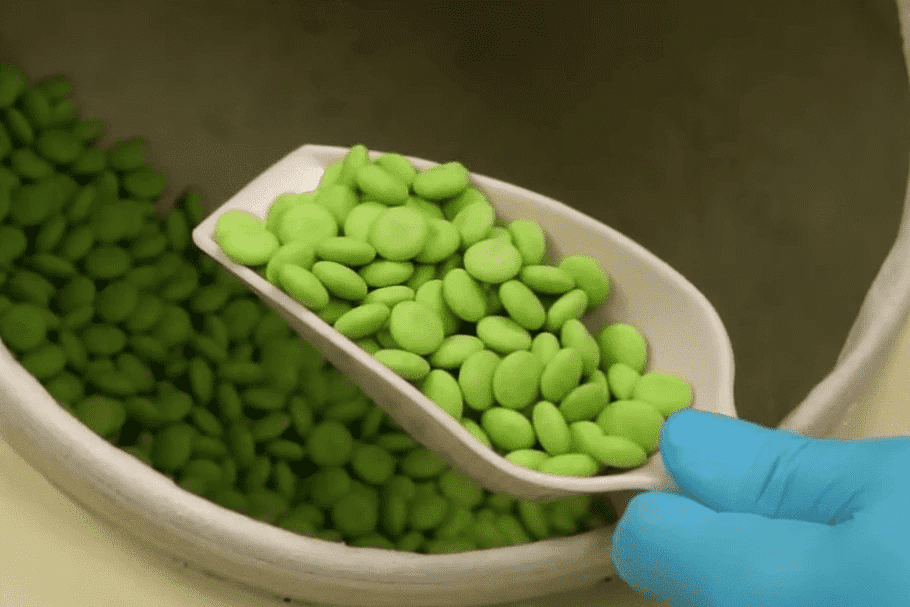
Polishing gives tablets a shiny, glossy finish. It makes them more visually appealing and attractive to consumers. Polishing agents are always beeswax and carnauba wax. After polishing, tablets also require drying to enhance the shine further.
6 materials for sugar coating
If you need sugar coating, here are some common materials for use. You’d better have a better understanding of them and make wiser choices.
Sugars
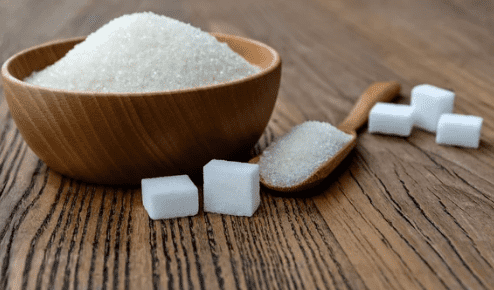
Sucrose is widely used in coating. Because it features great sweetness and crystallization properties. But it easily leads to moisture absorption and crystallization. To solve this problem, it is always used with glucose. Glucose can prevent this crystallization, making the syrup smoother and easier to handle. It increases the syrup's stickiness and flow as well. This helps the sucrose cover the tablets more evenly during the coating process.
Gums and polymers
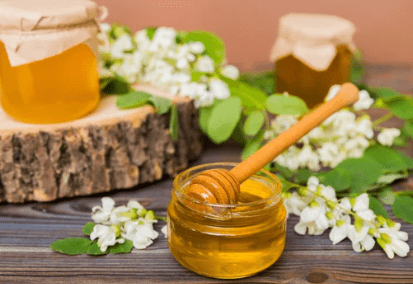
They mainly include acacia and gelatin. Acacia is a natural product with excellent adhesive properties. However, it may cause allergic reactions and will become less stable over time. Gelatin excels in film-forming properties, but it also has the risk of allergy.
Powders
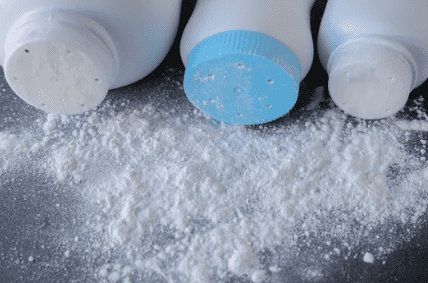
The most commonly used is calcium carbonate. It is used for adding bulk and opacity. The cost is also not much higher. However, you should note the amount. If you use too much, it might make the coating brittle. Another popular powder is talc. It provides smoothness and lubrication. The main purpose is for layer build-up.
Colorants
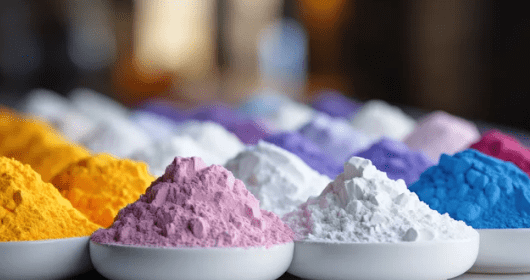
Manufacturers use food dyes for tablet coloring. They have many colors, and these dyes dissolve easily in water, making them simple to mix evenly.
Polishing agents

Polishing agents are substances used to enhance the shine and protect the tablet surfaces. There are many polishing agents to choose from. Beeswax is the most common one. It provides a rich and lustrous finish. And it is biodegradable. This fits the current trend for environmentally friendly products. Another popular polishing agent is HPMC. It is a semi-synthetic polymer derived from cellulose.
Besides offering a smooth and even surface for tablet coating, it can be used in controlled-release formulations. This helps regulate the release of the active ingredient. So it ensures consistent and prolonged therapeutic effects. HPMC is soluble in both cold and hot water, making it easy to use in various formulations.
Flavors

You can choose natural or artificial flavors. Natural flavors are made from natural products, such as spices, animal products, etc. They are extracted through physical methods like distillation, extraction, or fermentation. They require a higher cost than artificial flavors. Artificial flavors are chemically synthesized compounds. They have the similar taste of natural flavors. Compared to natural ones, artificial flavors tend to be more stable and have a longer shelf life. But some people may have allergic reactions to certain artificial flavor compounds.
The end
Sugar coating is a vital processing technique in tablet manufacturing. It enhances the appearance and taste of products. It also extends their shelf life. By carefully selecting materials, you can tailor their products to meet market demands and consumer preferences. If you decide to conduct sugar coating but don’t know how to choose the machine, please contact us.
Leave your comment
Also Offers


Containment Automatic Capsule Filling Machine SFK-703

Fully Automatic Dosator Capsule Filling Machine CZ-40

Our Team
As an expert in the pharmaceutical and pharmaceutical packaging industry, iPharMachine has provided solutions for hundreds of pharmaceutical and health product manufacturers for 17 years. By visiting customers, we get good reviews from our customers.
- info@ipharmachine.com
- English Español Deutsche







